Where gardens are ephemeral, kitchen gardens remain steeped in outdated conventions and seemingly have yet to enjoy true botanical democracy. Gone are the days, where kitchen gardens were the sole domain of the gardener and cook, yet in most gardens, including ours, the kitchen garden is still strictly segregated from the ornamental garden. The benefits of poly- and permaculture are widely known, yet we still prefer to grow produce in rows limiting design to the traditional, formulaic geometric shapes. There is nothing dull about edible plants, yet we still look to the flower garden for colour. When does a kitchen garden become the garden?
Edible landscaping simply refers to the use of fruit trees and/or bushes, vegetables, herbs, edible flowers, and ornamental plants into aesthetically pleasing designs. Designing with edibles, planted not just for their productive qualities, but for their own architectural merits, seems to have stepped up a gear, transforming kitchen gardens into beautiful edible ornamental borders, attractive enough to compete with their herbaceous counterparts. Recent RHS show exhibits of Edulis, the Garlic Farm, Jekka’s Herb Farm and Otter Farm, are a testament, the results of which one could argue were more suited to the Floral Marquees arena, rather than their designated vegetable show cases.
Mr Edible
Paul Barney, owner of Edulis nursery, is well known for his beautifully ornamental designs for the Garlic Farm Hampton Court, and recently his own Chelsea Flower Show exhibits. A much traveled, plant hunting, landscape architect, Barney’s designs are firmly grounded on the principles of permaculture. Permaculture involves the growing of multiple perennial species, to reap the positive effects of their interactions, in terms of (a.o.) pest control, inclusion of nitrogen-fixing species, ensuring intact soil structures and communities, and provide biomass to renew soil fertility. That sounds rather complicated and heavy on the eco, but simplistically speaking, it’s just one step above polyculture (growing multiple species and varieties), common to most gardeners, though with the focus dominated on perennials rather than annuals.
Barney set up Edulis in 1995 in a delightful Berkshire walled garden, originally purchased by his keen organic vegetable growing father in the 1960’s. As the name suggests1, the nursery was born out of Barney’s desire to grow and design gardens with unusual edible perennials. ‘I always have my eyes out for things other people don’t grow’, laughs Barney. Whilst tastes for unusual veg developed, Barney expanded the Edulis portfolio to include unusual perennial ornamental plants, sourced from his plant hunting expeditions to exotic flora rich locations around the world.

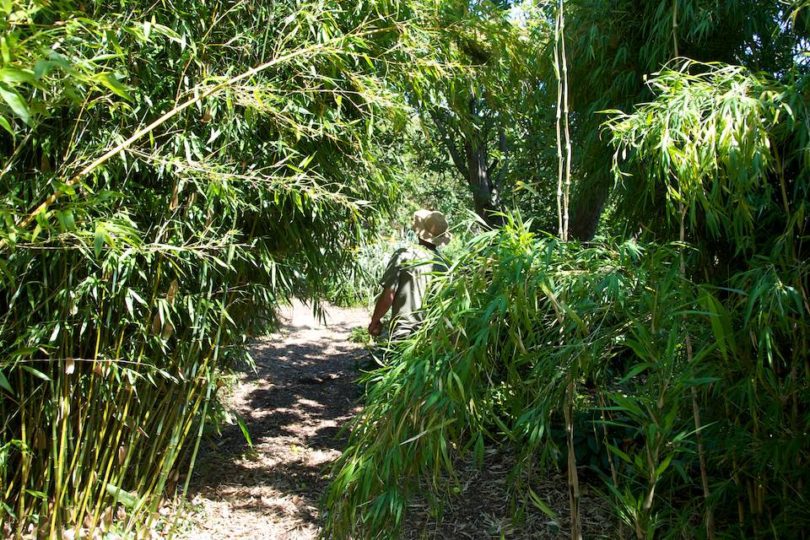
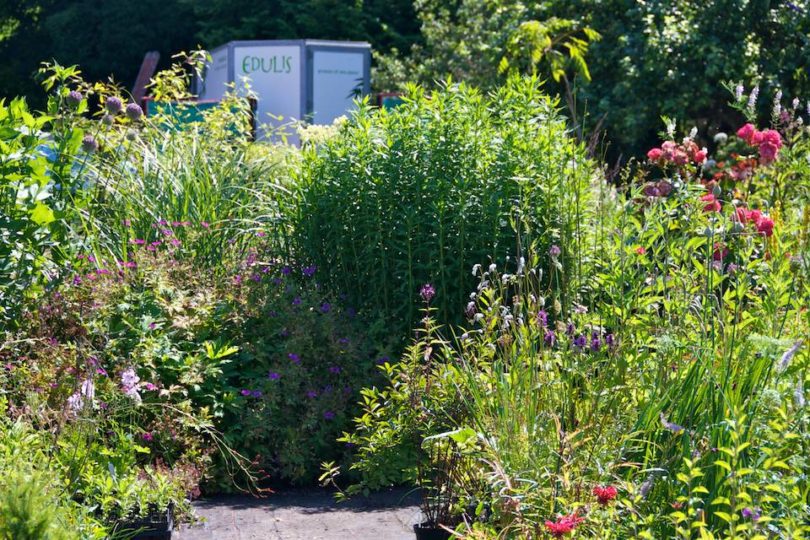


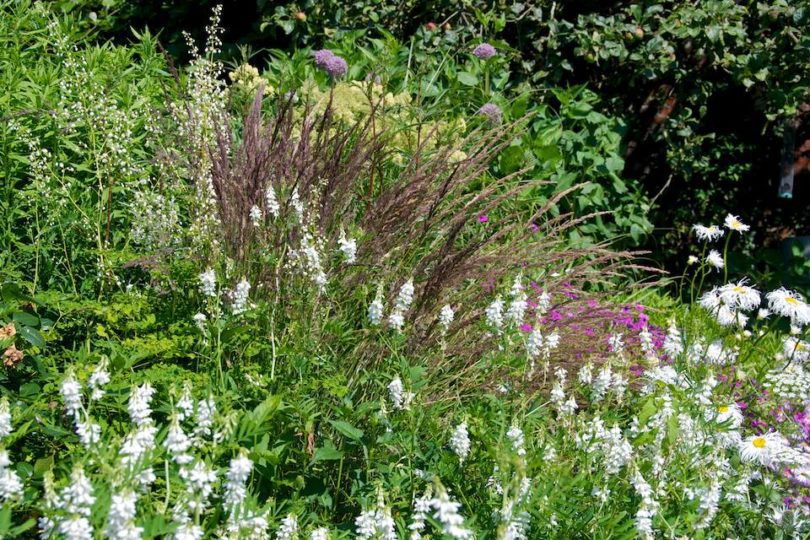

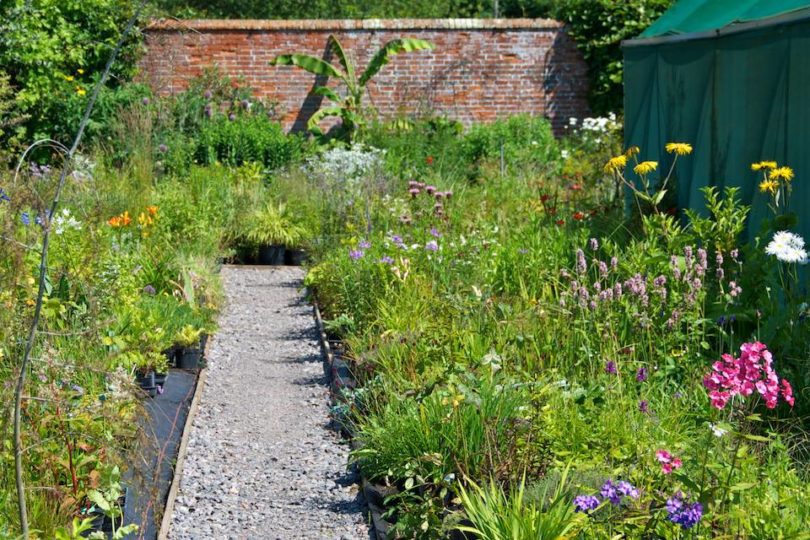
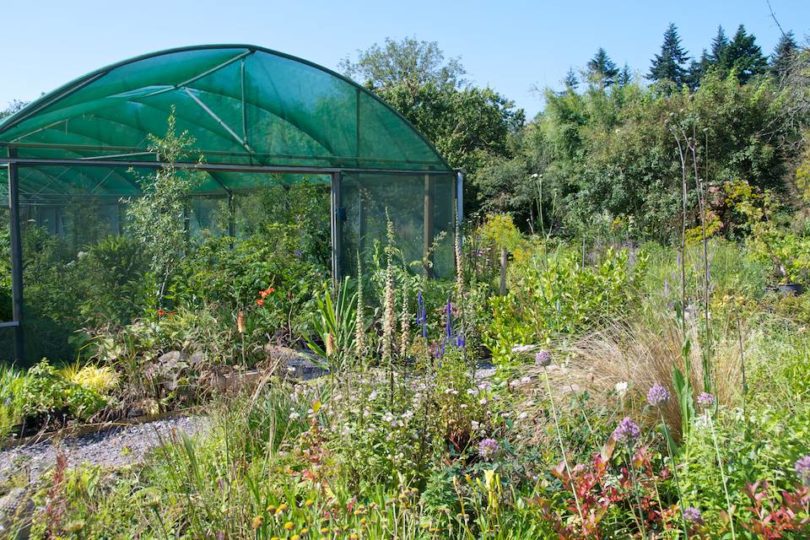
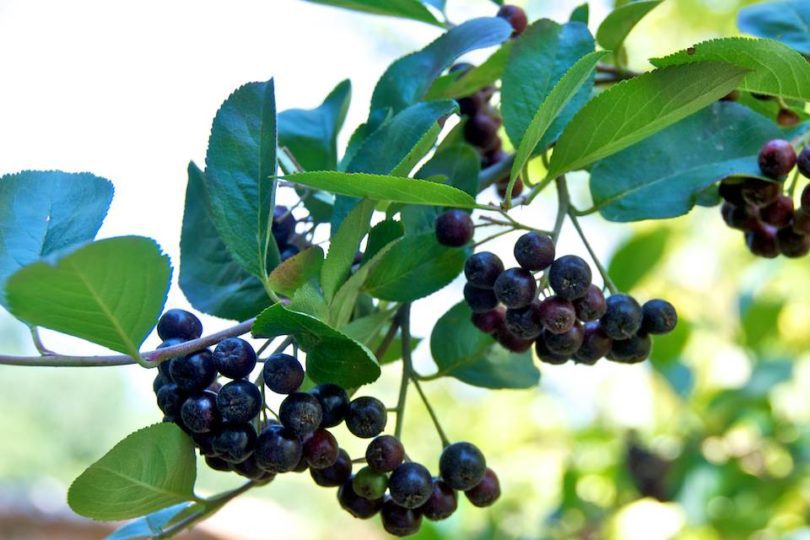
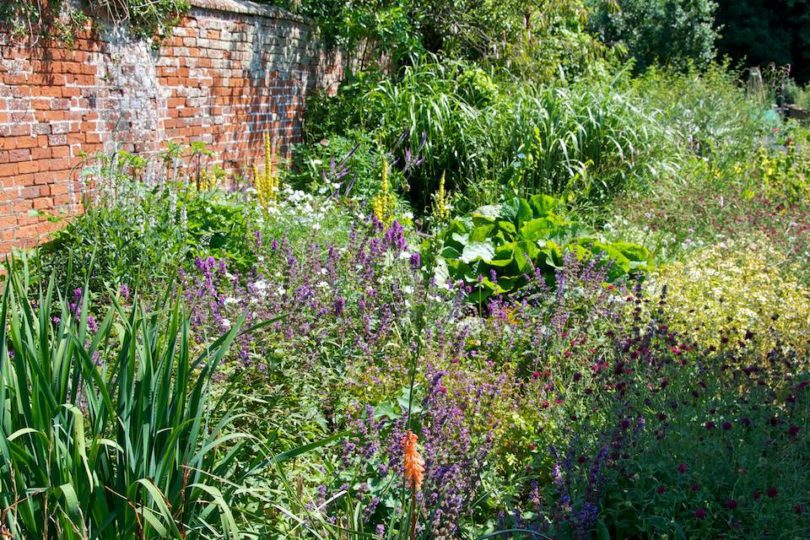
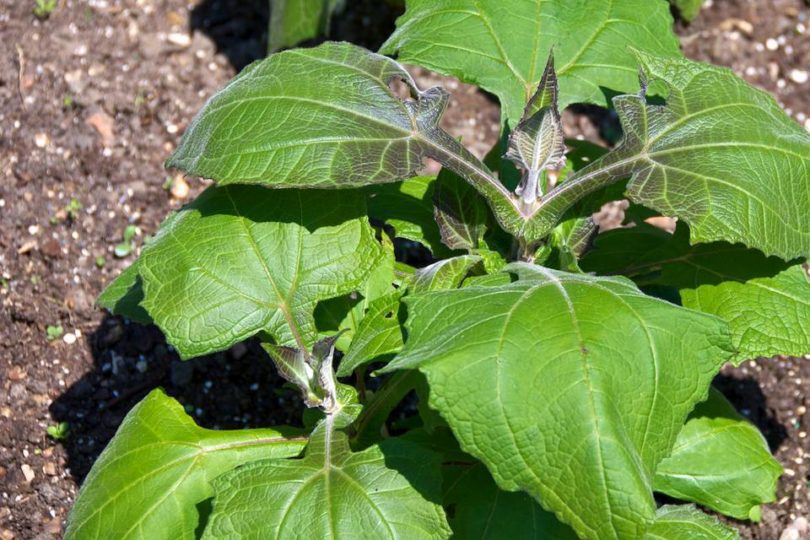
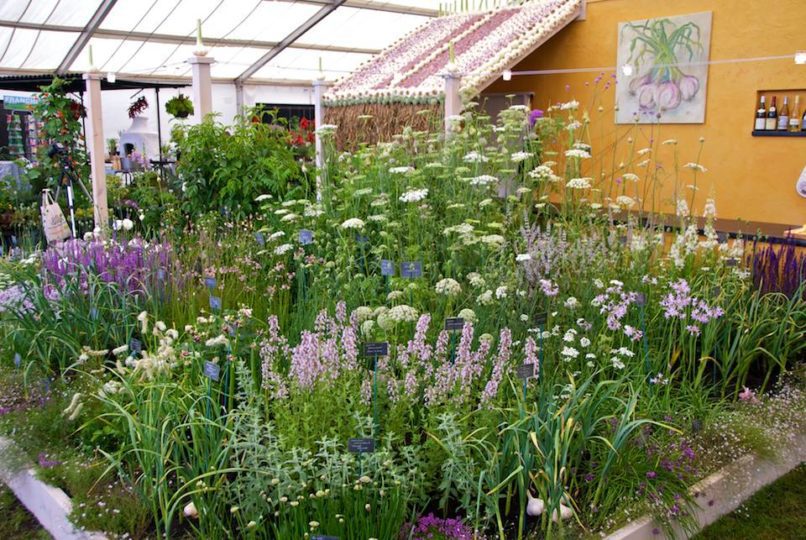
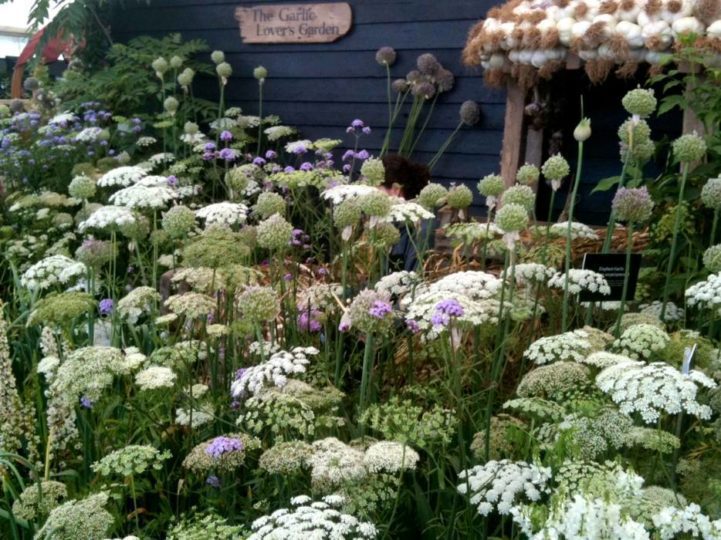
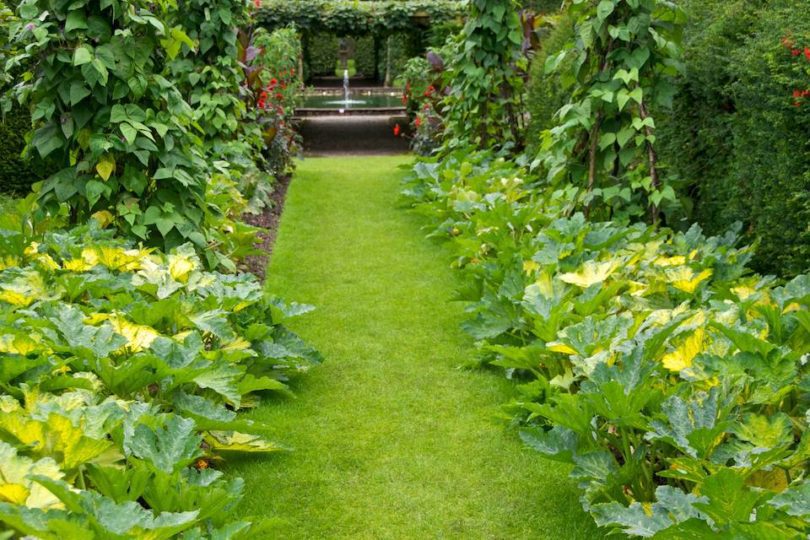
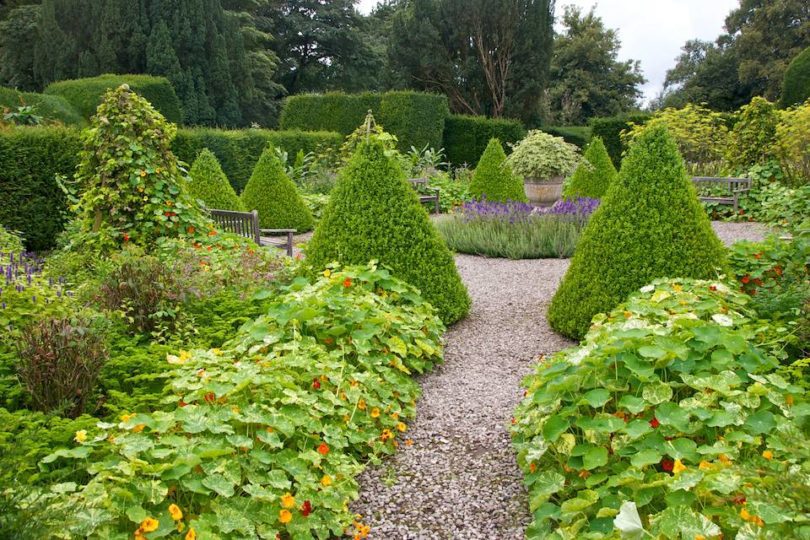

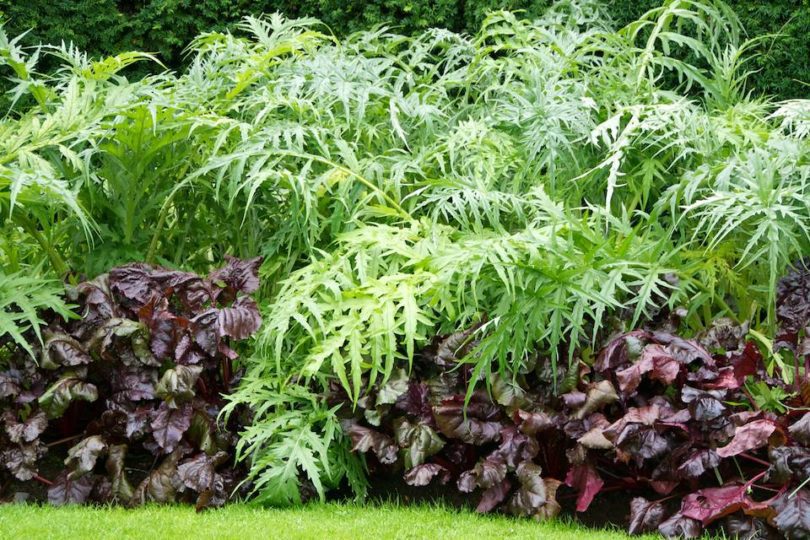
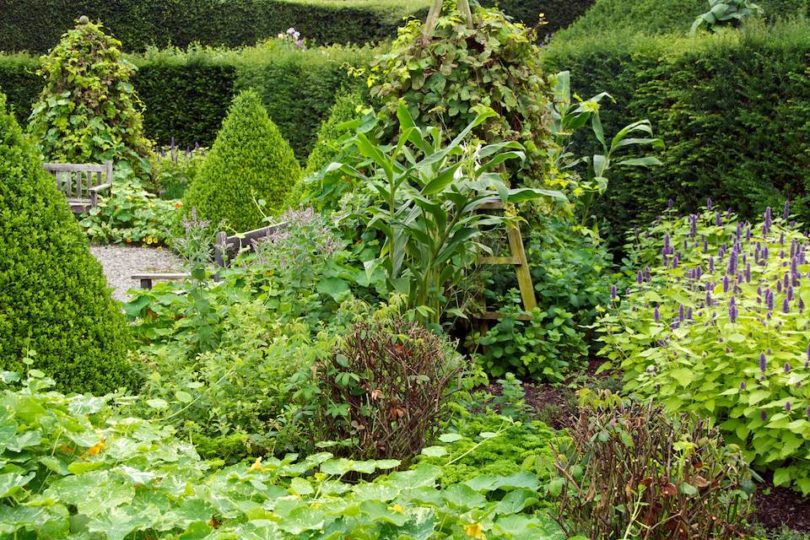
According to Barney, the ‘Grow your own’ phenomenon is developing into increased demand for perennial vegetables such as Oca and Yacon, but the market for such edibles is still very niche. ‘The whole alternative health philosophy, fringe and wacky in the 1980s has become more mainstream but unfortunately it has still not really taken off, despite what you may read in the media’, expains Barney. The current economic climate hasn’t helped either, where Edulis, despite many successive years of growth, has seen sales declining. ‘Everyone is struggling’, confirms Barney.
New Order
Pleasing as it may be, compared to Barney’s designs, my rather traditional kitchen garden is pretty much the standard geometric fare. Juggling the stoic order, to make it look more like a herbaceous border is rather exciting, using foremost edibles, but also cutting flowers and the odd ornamental. Now, the potential for getting carried away in the edible beautification process is real, but the focus must remain on creating a productive, attractive garden. In an interview in the recent September issue of Gardens Illustrated, John Brookes warned (designers) of the endless pursuit of novelty in the design to the end of losing touch. Point noted, Mr Brookes, I thank you.
Barney advises to think of the space not just horizontally, but also vertically to create multiple layers of edibles from root vegetables to tree fruit, through which additional layers such as (edible) climbers can grow. Plants should be carefully selected, not just on their kitchen desirability, but are also required to work hard for you. ‘Plants need to earn their place in the garden as there is such a large range to choose from. Multifaceted plants such as Amelanchier ‘Ballerina’, are worth their weight as it has purple-flushed spring shoots, delightful blossom, edible berries (four times the vitamin C of a blackcurrant) and stunning autumn colour’, confirms Barney. Flowers, edible leaves and/or shoots, fruit or roots, colour and texture, are all to be considered, where preferably additional versatility can be enjoyed, such as edible leaves whilst the roots mature, or striking flowers that also attract pollinators.
Multipurpose perennial food
The advantages of perennial edibles to add structure and value to the ornamental edible garden is clear, though apart from fruit and herbs, my knowledge of perennial edibles is limited, much evident in the kitchen garden. Rather poorly artichokes and lazy asparagus is very much it.
Barney’s stunning nursery is packed to the brim with the most extraordinary edible treasures. Admittedly, many such as Chilean Guava, Blue Sausage Tree (Decaisnea fargesii), Oyster plant (Mertensia maritima), Chinese Yam (Dioscorea batatas), Chusquea couleouare (bamboo) a tad too adventurous for yours truly and will remain as entries in the Edulis catalogue, but others such as his vast range of stunning Alliums (a.o.) Babington’s leek (Allium ampeloprasum var. ‘babingtonii’), Bluce Chives (Allium nutans) , Mouse Garlic, Egyptian Tree Onion, Chinese Chives, Blue Onion, Albanian Garlic, are high on my list. ‘Allium hookeri, both for its edible characteristics and ability to attractive more bees than any other plant, should be considered too’, added Barney.
Having said that, annual vegetables fare very well in edible landscapes. Chris Crowder, Head Gardener at Levens Hall has created a stunning ornamental, productive vegetable garden in and amongst their extraordinary topiary hedges. Avenues of courgettes, cluster of red beetroot, towers of beans, and pyramids of cutting flowers are planted amongst architectural perennials such as artichokes, asparagus, herbs, fruit trees, and nut bushes. The avenues of courgettes were particularly attractive, though admittedly the notion of their characteristically mountain high harvest is already making me somewhat queezy, so we’ll be planting a few less than Crowder has at Levens Hall.
For further impact, Joy Larkcom2, recommends allowing some edibles to flower and run to seed. ‘There is no doubt that some of the loveliest and often most unexpected effects in a the kitchen garden come from vegetables, flowers and herbs that have run to seed’, writes Larkcom. Artichokes, cardoons, Elephant garlic, fennel and chives are commonly planted for their flowers, but edibles such as celery, parsley, dill, carrots, coriander, chicory and rocket, also produce attractive flowers.
Planting for effect
According Larkcom1, a kitchen garden will be conventional or creative in character, depending on the way the edibles are planted. ‘As soon as planting for effect becomes a prioity, the gardener will start to view and treat the vegetables in a similar way to herbaceous perrenials’, writes the talented Larkcom.
He may disagree with me, but Barney’s edible landscaping style is really rather romantic. Drifts of soft blending colours, studded with architectural plants, often naturalised by his much admired umbelliferae. One can never have enough umbellifers, and Barney recommends edible umbels such as Angelica ‘Ebony’, Angelica edulis, Bunium bulbocastaneum, Myrrhis odorata and Ligusticum scoticum. Paired with some of their more ornamental cousins, Cenolophium denudatum (Baltic Parseley), Selinum carvifolium, Selinum wallichianum, and Ligusticum Ludicum, the whole effect should be rather lovely.
I have no real design plan in mind, just envisioning less geometric and more organic forms of planting. Though, there are practical considerations, such as the optimum plant spacing to ensure plants are able to grow to their healthy sizes. Note to self, avoid cramming them all in, which is always tempting. Furthermore, one should be able to effectively harvest the produce, which will also require spacing consideration. Barney recommends leaving a path behind the edible border, and/or as Alys Fowler3 recommends include stepping stones in and amongst the planting. Similarly, place plants that require regular picking, or are faster to reach maturity, within easy reach at the front, or outskirts of the edible border. Just as I have done to date, a regular supply of new young plants should be available to replace harvested (annual) produce or cut flowers. Fowler recommended, planting in drifts to ensure the impact of harvest is limited on the actual design. Ornamentals too will be part of the edible border, not just for aesthetics but also to attract valuable insects and pollinators.
If all goes according to plan, and the edible border turns out to become rather beautiful, it’d be a shame to eat it. According to Barney though, the term for harvesting from an edible border, is browsing…
Footnotes
- Edulis is Latin for edible
- Joy Larkcom, Creative Vegetable Gardening, Mitchell Beazley, 2004.
- Alys Fowler, The Edible Garden, BBC Books.
